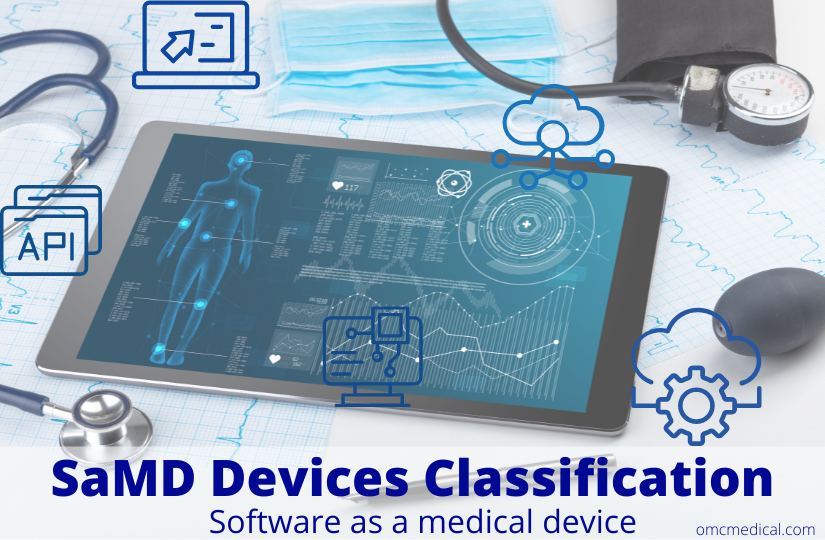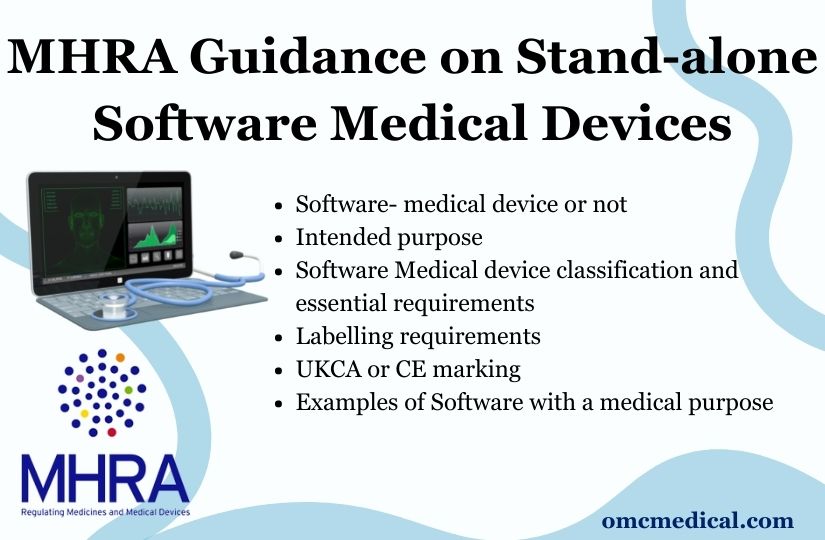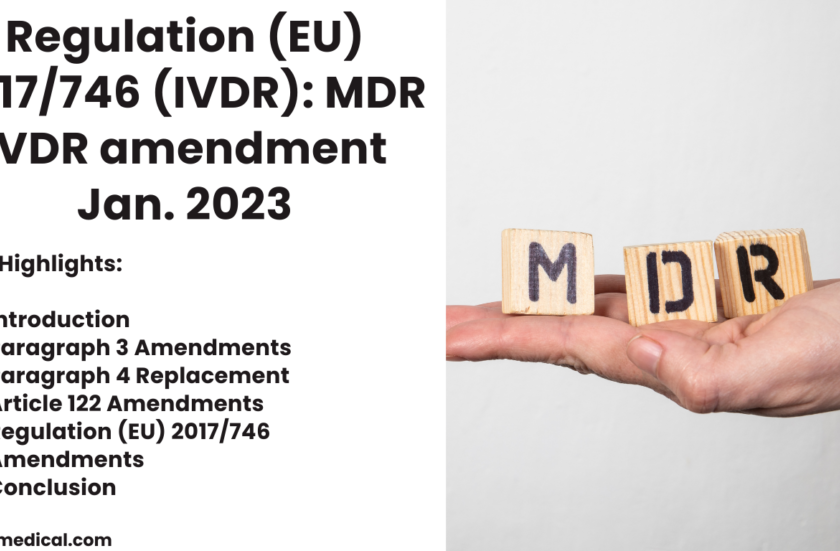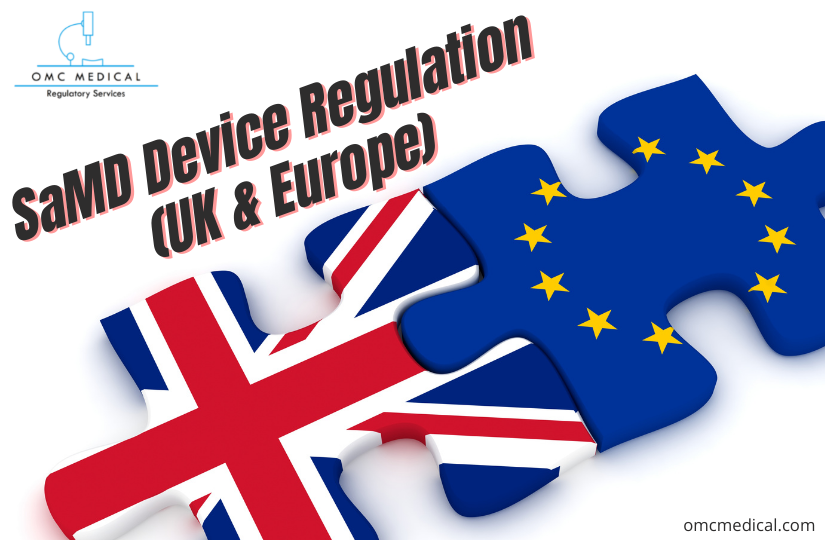Regulations
Switzerland Market Situation Switzerland Market Situation – Downside Switzerland- Medical Device Regulations Medical devices are regulated by: the Swiss Agency for Therapeutic Product Manufacturers Outside Swiss – Proxy to the foreign manufacturer – Responsible for product safety – Liable for product defects – contact person for Swiss authorities – can be a legal entity or a natural person – must have access to PRRC Roles of Swiss AR’s PRRC Liability of a Swiss AR Manufacturer Re...
UK Medical Device Regulation
UK Medical Device Regulations Role of MHRA UK Approved Bodies Authorised Representatives Importer & Distributor Registrations in Great Britain Registration Data • Copy of Declaration of Conformity• E-copy of technical documentation• Device Certificate as granted by the Notified Body• Quality Management Certificate• Database information Manufacturing details• Letter of Designation• Contact persons and list of importers• Database information Device Details• Database informati...
SaMD Devices Classification
SaMD is software intended for one or more medical purposes that perform these without being part of a hardware medical device. Medical device software is meant to be used, alone or in combination, for a purpose specified in the definition of a “medical device” in the MDR or IVDR, regardless of whether the software is independent or driving or influencing the use of a device. You can read more on the SaMD Regulation here. To be qualified as medical device software, the product must first...
MHRA Guidance on Stand-alone Software Medical Devices
Medical device apps are increasingly growing these days. MHRA has issued new guidance on the stand-alone software medical devices, including apps. This guidance is a crucial document for manufacturers and users of such medical devices. In the UK, medical devices are subject to UKCA marking. The UKCA marking is no exception to software medical devices. MHRA Guidance on Medical Devices Software Medical Devices or not Classifying software or a mobile app as a medical device can be challenging. If t...
Software As a Medical Device and Its Clinical Evaluation
As technology advances across all healthcare fields, Software plays a significant role in all products. It is widely integrated into digital platforms serving both medical and non-medical purposes. Medical device software is one of three types of Software related to medical devices. The other two types of medical device software include Software that is an integral part of the medical device (medical device software) and Software used in manufacturing or maintaining the medical device. Software...
Regulation (EU) 2017/746 (IVDR): MDR IVDR Amendment Jan. 2023
Introduction Recent amendments to Regulation (EU) 2017/745, also known as the Medical Devices Regulation (MDR), have introduced significant changes to the timelines and conditions for placing certain medical devices on the market or putting them into service. This comprehensive analysis explores the key points of these amendments, focusing on the intricate timeline considerations. Paragraph 3 Amendments Paragraph 3 has undergone crucial revisions, introducing new provisions (3a to 3g) that...
Summary of Safety and Clinical Performance (SSCP)
Summary of Safety and Clinical Performance (SSCP) acts as a vital document that allows the public to access information quickly. The information in the SSCP can be sourced entirely from the technical file. The technical file consists of the Post Market Surveillance (PMS), risk assessment, post-market clinical follow-up (PMCF) plans and reports. The SSCP document is required for high-risk devices only-this includes Class III and all implantable devices. Manufacturers of custom-made or investigati...
7 SaMD Device Regulation (UK & Europe)
Under both the EU MDR and the EU IVDR, the MDCG rules specify the conditions for a product to qualify as medical device software (MDSW). An MDSW product can enter the market in one of the ways: 1. As a standalone medical device or 2. As a component of another medical device regulation. The former demands a lengthy regulatory process that includes a conformity assessment to determine whether the medical device meets EU MDR requirements. However, that rule does not apply to products in...
Exceptional Use Medical Devices in the EU and UK
Medical devices conforming with the medical device regulations must have a conformity marking. Medical devices that do not conform may still be placed in the market, provided they apply through the exceptional use devices pathway. This article discusses the exceptional use requirements to be satisfied to gain access to EU and UK markets. In the UK, the UKCA marking displays that the device conforms to UK Medical Device Regulations 2002. Without UKCA marking, the devices can only be placed in the...
Requirements of Technical Documentation EU MDR
Technical documentation should contain details of the medical device in a clear, organized, readily searchable and unambiguous manner. It should be provided with all medical devices irrespective of the device class and to be kept updated throughout the product life cycle. Technical documentation is to be prepared according to the requirements given in Annex II of EU MDR 2017/745. Requirements of Technical Documentation as per Annex II 1. Device description and specification, including varia...














